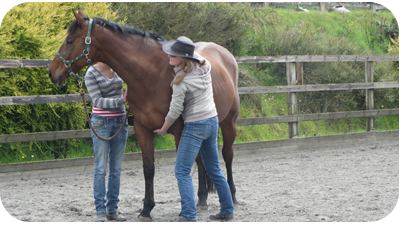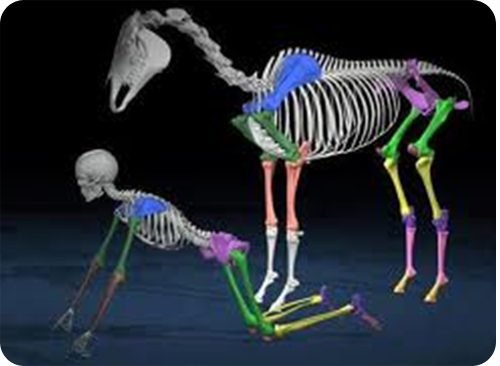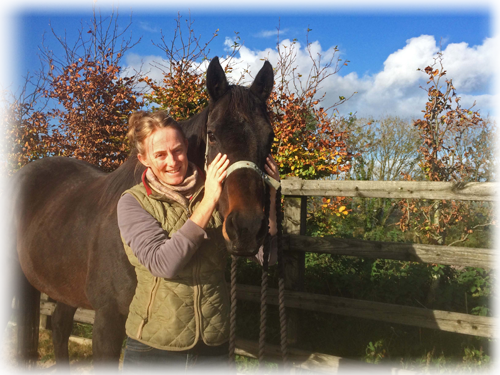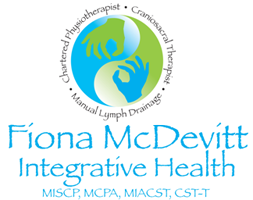Equine Craniosacral Therapy
What is Equine Craniosacral Therapy (CST)?
Equine Craniosacral therapy (Eq CST) is a safe and gentle hands-on way to treat your horse. By accessing the inner fascia layers it rebalances the tensions in the body. By improving the structure of the body the function improves, i.e. their ease of movement and/or pain improves.
As a gentle therapy it is non-invasive, drug and medication free. Eq CST works well in combination with physio, and other therapies. It is advisable to consult your Vet for any suspected illness.
- Gentle Hands-on Manual, tissue based Therapy
 – Origins in Osteopathy – Based in science, the application of which is the Art of CST
– Origins in Osteopathy – Based in science, the application of which is the Art of CST - Whole body Evaluation System
– Structure
– Function of all systems - Releases Restrictions
- Facilitates integration of homeostasis (body’s tendency to seek and maintain itself in balance or equilibrium
- Relaxes the horse, bringing them into state of resting and digesting, not stressed which is Fight, Flight or Freeze
- Led by horse’s body
The Craniosacral system consists of Skull, Sacrum (tailbone) and Spinal Vertebrae which contain –
- Fascial membranes surrounding spinal cord and brain
- Fluid Cerebrospinal Fluid (CSF)
- Nervous Systems
- Central Nervous System (CNS) controls muscles and glands
- Autonomic Nervous System (ANS) controls our state of being whether stressed or relaxed - Sympathetic (SNS) - Flight/Fight/Freeze(Overwhelm)
- Stress hormones and adrenaline release - Parasympathetic (PNS)- Rest & Digest
- Body heals when in parasympathetic mode, safe mode

Relevance to horses, how are they different to humans?
- Different processing of sensory information, what they see/feel on one side has to be totally reprocessed if moved to other side, unlike humans.
- Dual Processing of Inside and Outside Sensory Info, they take in a lot more than humans do.
- Unique Stabilising/Balance system for 4 legs..(Stomatognathic).
- Prey animals so highly tuned into Sympathetic Mode – that means their initial reactions are Flight/Fight/Freeze (overwhelm).
Effects of Trauma can be physical/emotional/viral/chemical/electrical/neural…
- Fascia tightens
- Strain patterns/Holding/Movement patterns
- Neural patterns
- Emotions are molecules which can get stuck
- Tone increases – neural/fascial/muscular
- SNS Amps up
- PNS amps down
Summary of Effects of CST
 Releases restrictions in fascial layers (long lasting)
Releases restrictions in fascial layers (long lasting)- Normalises tone of muscles/fascia/nerves/patterns
- Increases fluidity of joints and soft tissue
- Rebalances nervous system input/output
- Releases shock
- Improves strain/counter-strain patterns
Indications for CST in Horses
- Unsettled horse
- Unbalanced/Asymmetrical Movements/Gait
- Pain
- Fidgety with bit
- Head shy/difficult with bridle
- Unexplained lameness
- Recurring lameness
- Trauma from fall/jumps etc
- Wind – tongue tied
- Plateauing with other treatment techniques
- Myo-Fascial Release Technique
- Shock/Emotional Element
- General good health maintenance
- Compensations for Rider’s Imbalance
Vagal Nerve/Autonomic Nervous System
